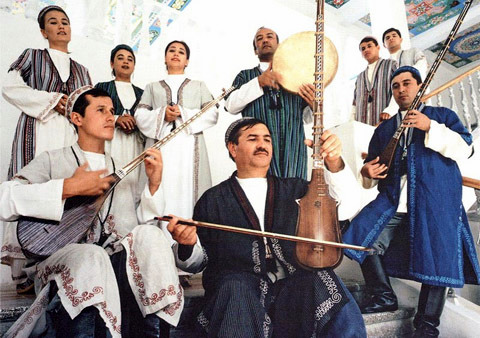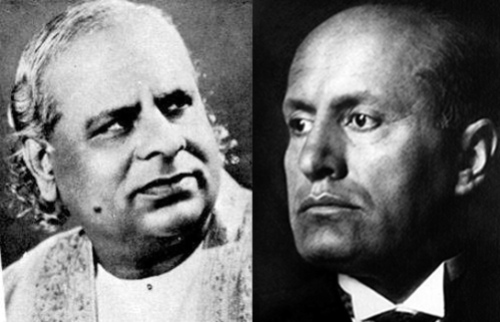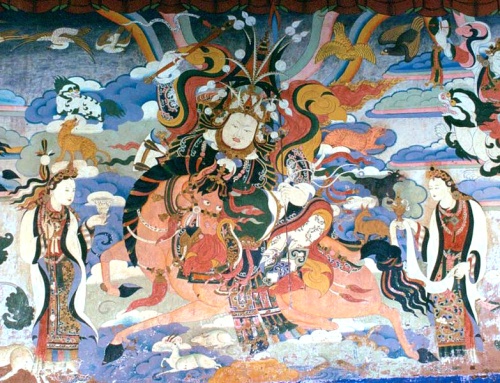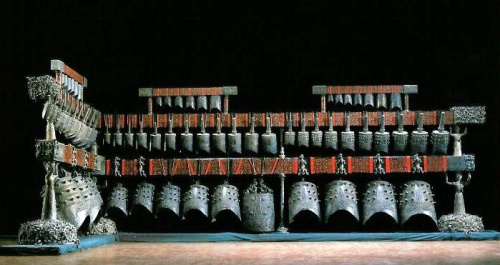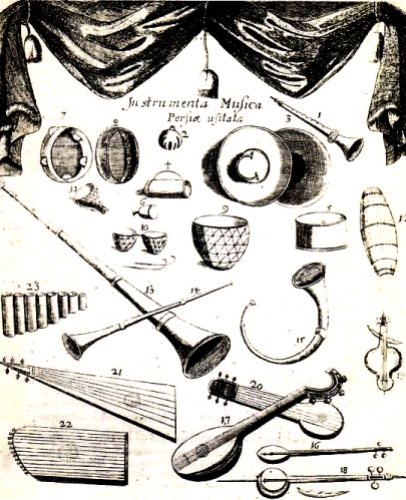“Pungmul is played with your heel!” say many celebrated performers of this percussion genre, underscoring the inseparability of the music and the musicians’ dance moves.
Merely listening to the music of pungmul is not sufficient for differentiating between passages where the meter does not change but the instruments play cross-rhythmically and those where the meter does change and the instrumental parts reflect this change. Such passages can only be differentiated through a choreological analysis that demonstrates the relationships between the stepping patterns of the dancing musicians and the music that they are simultaneously playing.
This according to “‘Pungmul is played with your heel!’ Dance as a determinant of rhythmic construct in Korean percussion band music/dance” by Nathan Hesselink (Eum’ag gwa munhwa/Music and culture IV [2001] pp. 99–110). Below, a taste of pungmul from the Gungnip Minsok Bangmulgwan (National Folk Museum) in Seoul.




